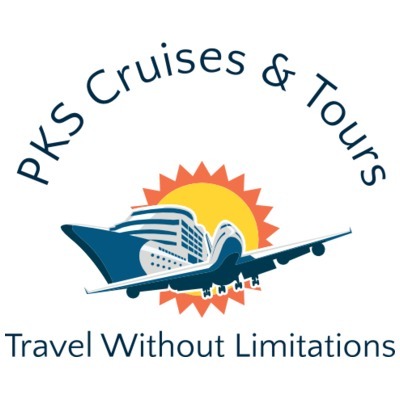TRAVEL TIPS
Money
Although Panama is Central America’s most expensive destination, prices compare favorably to those back home. Midrange hotels and restaurants where locals eat are excellent value. Rooms at first-class hotels and meals at the best restaurants, however, approach those in the United States. Trips into remote parts of the country and adventure travel are also relatively inexpensive.
You can plan your trip around ATMs—cash is king for day-to-day dealings—and credit cards (for bigger spending). U.S. dollars are the local currency; changing any other currency can be problematic. Traveler's checks are useful only as a reserve.
Using large bills is often a problem in Panama, even in big shops or expensive restaurants. Have plenty of ones and fives at hand. Counterfeiting is a problem with $50 or $100 bills. Many businesses won't accept anything larger than $20.
Prices are given for adults. Substantially reduced fees are almost always available for children, students, and senior citizens.
ATMs and Banks
ATMs—known locally as cajeros automáticos—are extremely common in Panama. In big cities even supermarkets and department stores usually have their own ATMs. On-screen instructions appear in English; you are usually prompted to select your language. Make withdrawals from ATMs in daylight rather than at night.
The main ATM network accepts cards with both Cirrus and Plus symbols. ATMs are located all over the country, with the exceptions of Isla Contadora and Guna Yala. Many international banks have branches in Panama City.
Credit Cards
Inform your credit-card company before you travel, especially if you're going abroad and don't travel internationally very often. Otherwise, the credit-card company might put a hold on your card owing to unusual activity—not a good thing halfway through your trip. Record all your credit-card numbers—as well as the phone numbers to call if your cards are lost or stolen—in a safe place, so you're prepared should something go wrong. Both MasterCard and Visa have general numbers you can call (collect if you're abroad) if your card is lost, but you're better off calling the number of your issuing bank, since MasterCard and Visa usually just transfer you to your bank; your bank's number is usually printed on your card.
Credit cards are widely accepted in Panama's urban areas. Visa is the most popular, followed by MasterCard and American Express. Discover is gaining ground. Diners Club is rarely accepted. If possible, bring more than one credit card, as smaller establishments sometimes accept only one type. In small towns only top-end hotels and restaurants take plastic.
Reporting Lost Cards
American Express. 800/528--4800; 336/393--1111; www.americanexpress.com.
MasterCard. 800/627–8372; 636/722–7111; www.mastercard.com.
Visa. 800/847–2911; 410/581–9994; www.visa.com.
Currency and Exchange
Panama's national currency is the U.S. dollar. Don't get confused if you see prices expressed in balboas: it's just the local name for the dollar. All bills come in standard U.S. denominations, although Panama also issues its own version of pennies, nickels, dimes, quarters, and 50-cent pieces. New as of 2012 are one-balboa coins, still new-fangled enough that much of the population is suspicious of them, with plans for a two-balboa coin on the way. Try to avoid coming to Panama with other currencies, as the exchange rates are generally unfavorable.

